How to Add My Gmail Account to My Iphone X
The iPhone X is a sham. The epitome of fluff over function. The penultimate step in Apple's downward spiral toward replacing the Ramsian "Less is more" with the "more, more, more!" of a greedy kid in a cupcake shop. One more brick, at last, on its towering monument to bad design.
Just look at Apple's own list of features. Rather than focusing on solving problems that everyone has–like battery life that lasts for more than a few hours of usage, materials that are truly durable, or reception quality–the iPhone X is just a shiny jar of candy, designed to be irresistible for fans that are hungry for the latest status symbol. You may think I'm being unfair. Perhaps you're right. Let's review the design, feature by feature.
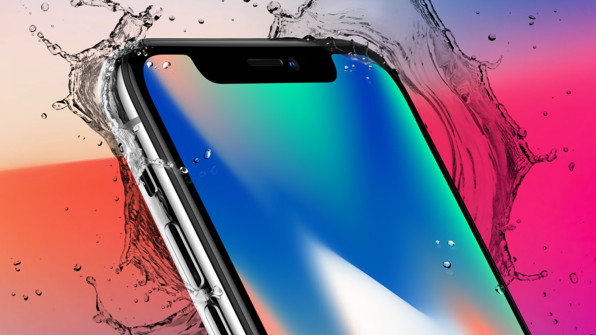
It's All Screen, Except When It's Not
At the core of Apple's design is its "Super Retina Display." Apple says that "with iPhone X, the device is the display. An all‑new 5.8‑inch Super Retina screen fills the hand and dazzles the eyes." It goes on to argue that it uses "innovative [ . . . ] techniques and technology to precisely follow the curves of the design, all the way to the elegantly rounded corners." That premise falls apart when you look at the big black tab framing the phone's front cameras. It's so jarring that Apple felt it had to ask developers not to "mask or call special attention to key display features."
Turning a flaw into a feature is nothing new in the land of Reality Distortion Fields. But putting all of that aside, do you really need a 5.8-inch OLED display? What does it really give you that you didn't have before? Does it dramatically increase battery life? Not really. Does it have better color than the LCD screens used on the iPhone 8? Not really. The iPhone 8 already "has the best color accuracy in the industry," according to Apple. And exactly the same maximum brightness: 625 candelas per square meter. The X claims a 1,000,000:1 contrast ratio while the Samsung S8's OLED has an "infinite contrast ratio"–both marketdroid specs that will not affect your YouTube, Snapchat, or Instagram experience. Do the few extra pixels add a lot more to its usability? Arguably, no.
And then there's Apple's "it's all screen" claim, which is the biggest elephant in the room. It is simply not true. While Samsung can claim that its latest Galaxy phone is all screen except for the top and bottom, the iPhone X's screen has a black frame all the way around it–plus that eyesore "feature" on top. It doesn't feel like the future. It's just a longer screen with a black bezel.
An Authentication Revolution That Isn't Revolutionary
The FaceID authentication system was the iPhone X feature that Apple spent the most time defending at its September keynote. I say defending because that's how it felt–like an excusatio non petita accusatio manifesta, or "an unprovoked excuse is a sign of guilt."
FaceID doesn't solve any problem that wasn't solved before by TouchID. And despite Apple's claims, it has the same problems as TouchID: It can be tricked and it can fail. And while crappy masks obviously won't fool it, I can imagine professional hackers (and the FBI) throwing a few hundred of your social media photos into a neural network to print an exact 3D face model capable of tricking this technology, no matter what the Cupertinians say.
But putting that aside, FaceID fails most of Dieter Rams's 10 design principles. It is not innovative (sure, it uses your face instead of your fingerprint, but it's just a biometric lock), it doesn't make the phone more useful than TouchID did, it is definitely not aesthetic (see: the tab), it is not as little design as possible (it's as much as possible), and it is not honest. It just seems like the result of Apple's own inability to solve a problem that it created for itself. Since its initial plans to make TouchID work under the display didn't pan out, it had to find some other new authentication tech and build a narrative to justify it. I imagine the process went more or less like this:
Ive: "Guys, China called. We can't make TouchID work on that big ass screen."
Schiller: "Hmm, what about if we use facial identification?"
Ive: "We tried. The cameras on top look terrible."
Schiller: "So how can we conceal our inability to make a truly elegant design?"
Cook: "GUYS, GUYS! Don't worry, we can smoke-and-mirror the hell out of this with 3D PUPPETS."
[Craig Federighi comes jumping into the boardroom dressed in a full chicken suit.]
We didn't need FaceID and its depth map of 30,000 invisible dots to unlock our phones or pay for a cab. TouchID worked just fine.
"Innovating" On The Selfie
Apple claims that its new camera doesn't only make FaceID possible. It creates "beautiful selfies with sharp foregrounds and artfully blurred backgrounds" and "studio-quality lighting effects" to make you look awesome. It also enables Animoji, which analyzes "50 different muscle movements to mirror your expressions" to reveal "your inner panda, pig, or robot."
Prettifying people's photos is a trend in technology today; it has helped Snapchat and other apps grow exponentially. Perhaps Apple is smart to jump on this particular bandwagon. But do you really need these features in your life? Are they worth $1,000? Is creating a misleadingly good-looking Tinder profile pic or a goofy animal selfie really a problem that needed to be solved–or a justification for the hundreds of millions of dollars of research and development, the use of valuable Earth resources, and the billions of man-hours of work?
I would argue that these are not problems that needed to be solved. These are not features that push you as an individual or humanity at large forward. These features are just, to paraphrase Alan Kay, making us more empty, more stupid.
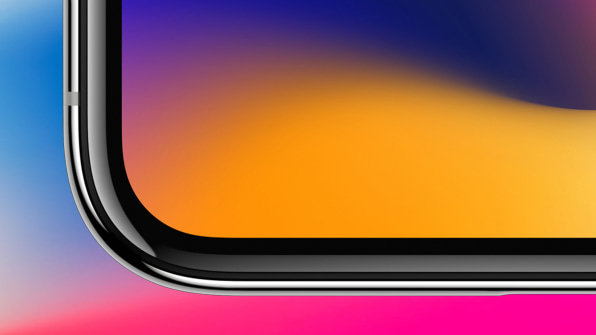
An All-New Design, Just Like Last Year
Apple has data clearly stating that if you add an extra glass surface to a phone, the risk of cracked glass doubles. How many thousands of people break their iPhone screens per day, with or without cases? In one 2012 article, we learned that the iPhone has cost people $5.9 billion in broken screens since its introduction. And while that data is old, Apple increasing the presence of its proprietary fix-a-glass machine across 400 authorized repair centers in 25 countries may indicate that it's preparing for an onslaught of iPhone 8 and iPhone X cracked screen repairs. As with every phone release, Apple claims "this is the most durable glass ever in a smartphone, front and back." But physics are stubborn: Glass breaks.
An all-glass design is something people didn't need. It's something that doesn't necessarily make the phone more beautiful. Good for product hero photos, sure, but in real life it will be a fingerprint nightmare. Ive's design team decided to choose form over function rather than spending all that research and development money on a feature we all really need and want: true durability.
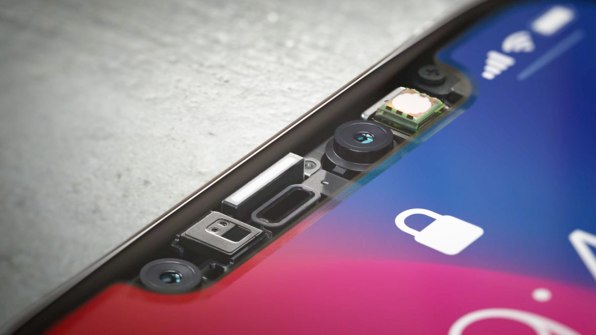
Something Actually Useful: The Camera
The camera is probably the only new iPhone X feature that comes close to being a useful upgrade. Any technology that creates better photography is a welcome advance. The new iPhone X has dual 12 megapixel cameras (like the iPhone 8 Plus), optical zoom (like the iPhone 8 Plus), and optical image stabilization (like the iPhone 8 Plus). This all allegedly allows for amazing portraits with "studio-like lighting," simulated depth-of-field effects that blur the background, and steady 4K high-definition video. So, if you really need beautified portraits and super-steady video for your skateboarding antics, then you really need the iPhone X. Or the iPhone 8 Plus, for $200 less.
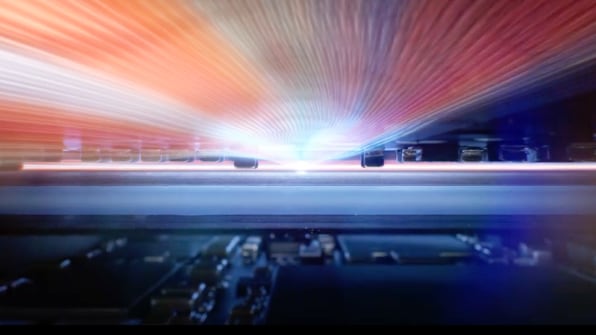
A11 "Bionic" Seems The Same As A10 "Fusion" To Me
Apple claims that the iPhone X's new processor has a "neural engine that's capable of up to 600 billion operations per second." As always, this is "the most powerful and smartest chip ever in a smartphone," with up to "70% faster than A10 Fusion" and with "two performance cores [that] are up to 25% faster." Why? Because of artificial intelligence. Do we need processors that handle machine learning–the capacity of a computer to recognize the reality around you and make intelligent decisions–faster than a regular processor? I don't know . . . probably? Apparently without it, FaceID won't be able to recognize you with glasses or a beard.
Can we scroll down Instagram and exchange Snapchat videos 70% faster than before thanks to the A11 Bionic? I don't know. My iPhone 6 already scrolls plenty fast and feels buttery smooth to me. I'm sure that this neural engine stuff will be awesome in the future, for augmented reality and other apps that require machine learning, but right now all this "Bionic" business seems like more of the same–yet another marketing narrative to create a need for speed that doesn't exist. It is not a need in your daily life, just an incremental upgrade shared with the iPhone 8.
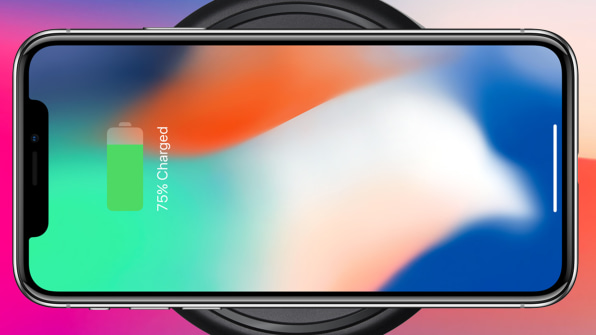
Power Efficiency That Comes With A Footnote
But maybe the iPhone X's new battery life is worth the $1,000. That's the top request from everyone I know: Give me a full proper usage day. Not just a "take a few pictures here, occasionally browse the web, and exchange some messages" day. A real, full day.
Here's what Apple gave us: "A second-generation performance controller and custom battery design that lasts up to two hours longer between charges than iPhone 7," followed by a footnote: "Battery life varies by use and configuration; see www.apple.com/batteries for more information."
But what we need is not a battery life claim with a footnote. We need "this phone will last an entire day without charging. No footnotes." What we need is a battery that doesn't result in reviews that say the "battery life on the iPhone X is decent, but not stellar." What we need is for Apple (and every other phone maker) to stop adding more useless, power-hungry features, like all the ones described above, that offset any advances in battery technology and power management. What we need are batteries that are not useless after a year of usage. What we need is for Apple to take all the R&D money it spent on 3D puppets and put it toward a phone that doesn't die in the middle of the day, with or without "wireless charging" that doesn't work fast enough yet.
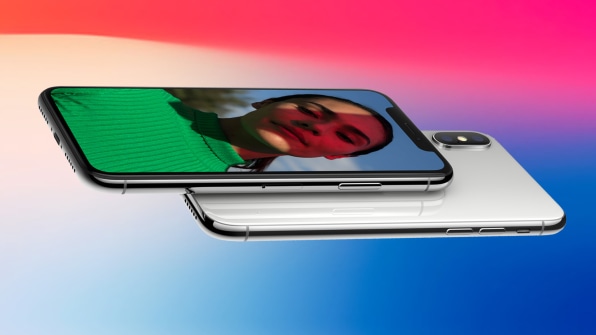
Everyone Loses In The One-Year Upgrade Cycle
The truth is that none of the iPhone X's features really justify the "it comes from the future" mantra that Apple and its acolytes are chanting. It doesn't come from the future. It's another marginally incremental upgrade with a big "edge-to-edge" screen that the other phones already have. An incremental upgrade that puts fluff over function–over real progress.
Every year, Apple has the opportunity to work on truly advancing the iPhone. Not with incremental upgrades. Not with flashy features that nobody really asked for. Every year, Cook and his compadres have the chance to go back to their primordial mission: Instead of changing the world one desktop at a time, they could change the world one pocket at a time like they did with the first iPhone.
Maybe we're asking too much from them. Maybe they can't advance any further, because they're too busy satisfying people's mindless hunger for the new once a year. But my guess is that they don't really care about their original mission anymore. Apple, like every other company, is here to make money. If that means 3D puppets, more crack-prone glass, and yet another phone-unlocking mechanism to get status-conscious superfans to line up at the Apple Store, who can blame Apple? Kudos to them.
How to Add My Gmail Account to My Iphone X
Source: https://www.fastcompany.com/90149136/we-dont-need-the-iphone-x